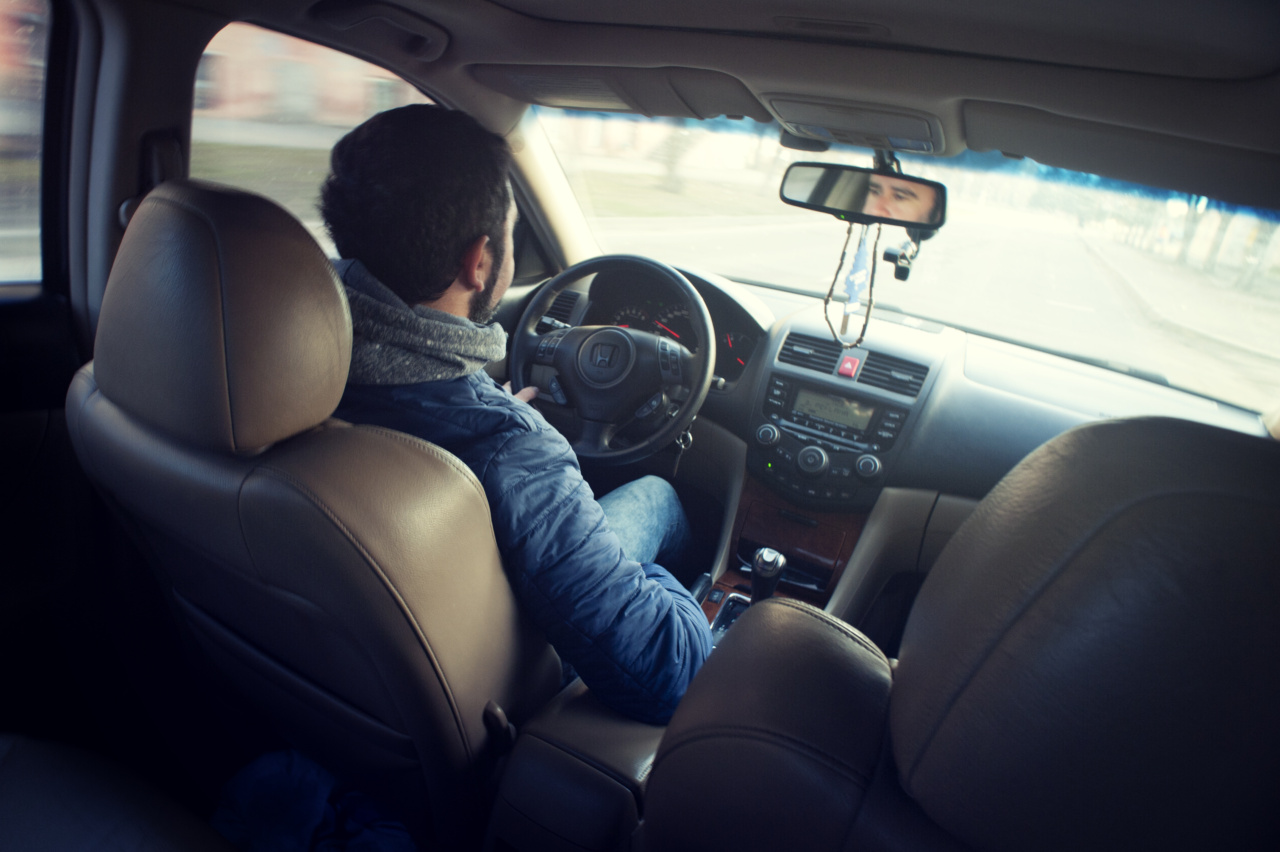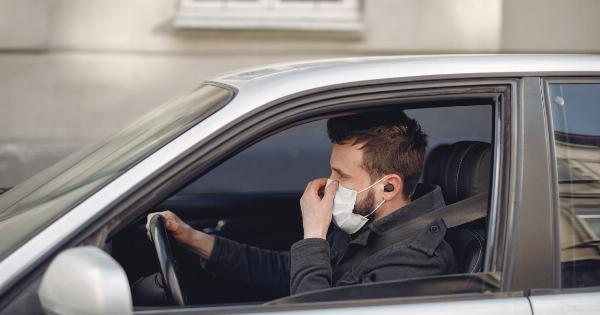Driver safety is a critical concern for both passengers and pedestrians alike. Every time we step into a vehicle, we are entrusting our lives to the person behind the steering wheel.
But can we truly trust every driver on the road? This article explores the various factors that affect driver safety, from the influence of human limitations to the impact of distracted driving.
The Human Factor
Despite advances in vehicle technology, the human factor remains the most crucial aspect of driver safety. Human errors, such as fatigue, inattentiveness, or impaired driving, contribute to a significant number of accidents every year.
Additionally, the limitations of human perception and reaction time further increase the risk on the road.
Physical and Mental Limitations
Physical and mental limitations play a significant role in defining a driver’s abilities. Age-related changes, such as declining vision or slower reaction times, can affect a driver’s safety.
Similarly, drivers with certain medical conditions or impairments may face additional challenges on the road. Understanding these limitations is essential in assessing the level of trust we can place in individual drivers.
Driver Education and Training
Providing drivers with comprehensive education and training is crucial in promoting safe driving habits. Proper driver’s education equips individuals with essential knowledge about traffic laws, road signs, and defensive driving techniques.
Furthermore, ongoing training and refresher courses can help improve driver skills and awareness, fostering a safer driving environment for all.
The Influence of Distracted Driving
Distracted driving has become a growing concern with the ubiquity of smartphones and other devices. When drivers divert their attention away from the road, even for a brief moment, the risk of an accident significantly increases.
Whether it is texting, talking on the phone, or adjusting the navigation system, distracted driving compromises the trust we place in drivers.
The Role of Technology
While human errors can never be completely eliminated, technology continues to play a pivotal role in improving driver safety.
Advanced driver-assistance systems (ADAS) offer features such as lane-keeping assistance, adaptive cruise control, and automated emergency braking. These technologies provide an additional layer of protection and can help mitigate a driver’s errors or distraction.
Regulatory Measures
Regulatory measures play a vital role in ensuring driver safety. Governments and transportation authorities establish and enforce regulations regarding licensing, vehicle safety standards, and traffic laws.
Stringent regulations, including penalties for violations, can serve as a deterrent for risky driving behavior and enhance overall trust in the drivers on the road.
Public Awareness and Campaigns
Public awareness campaigns are another essential aspect of promoting driver safety. These campaigns aim to educate the public about the consequences of dangerous driving habits and encourage responsible behavior.
By increasing awareness about the risks associated with reckless driving or impaired driving, these campaigns can contribute to building trust in responsible drivers.
The Role of Insurance Companies
Insurance companies also play a significant role in shaping driver behavior. Through the evaluation of driving records and the pricing of insurance policies based on risk factors, insurance companies incentivize safe driving practices.
By rewarding safe-driving behavior and penalizing high-risk drivers, insurance companies contribute to building trust in responsible drivers while discouraging negligent or dangerous driving habits.
The Need for Continued Efforts
While advancements in technology and regulatory measures have undoubtedly improved driver safety, there is always room for improvement.
Continued efforts in research, education, and policy-making are necessary to evolve and adapt to changing driving conditions and emerging risks. Only through a collective investment in driver safety can we continue to increase trust in the individuals behind the steering wheel.































